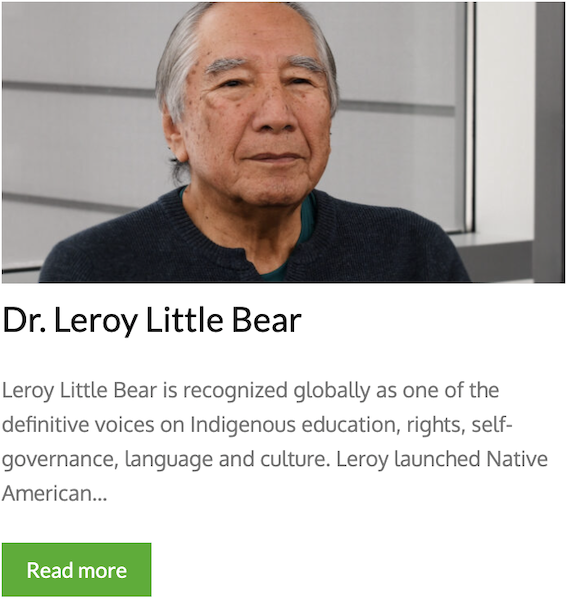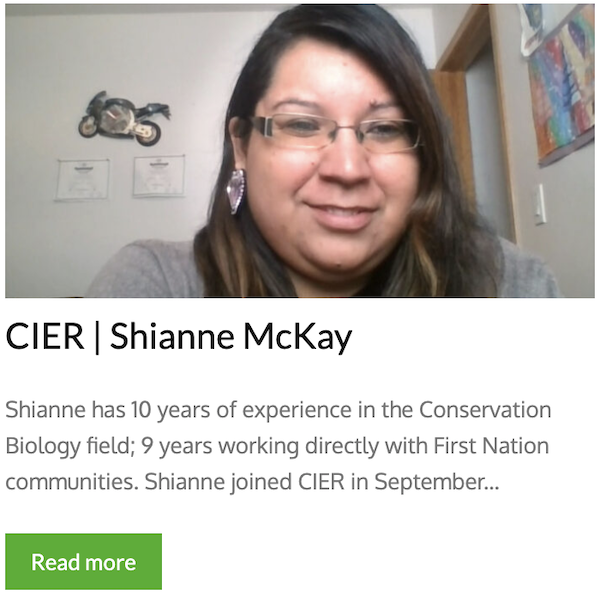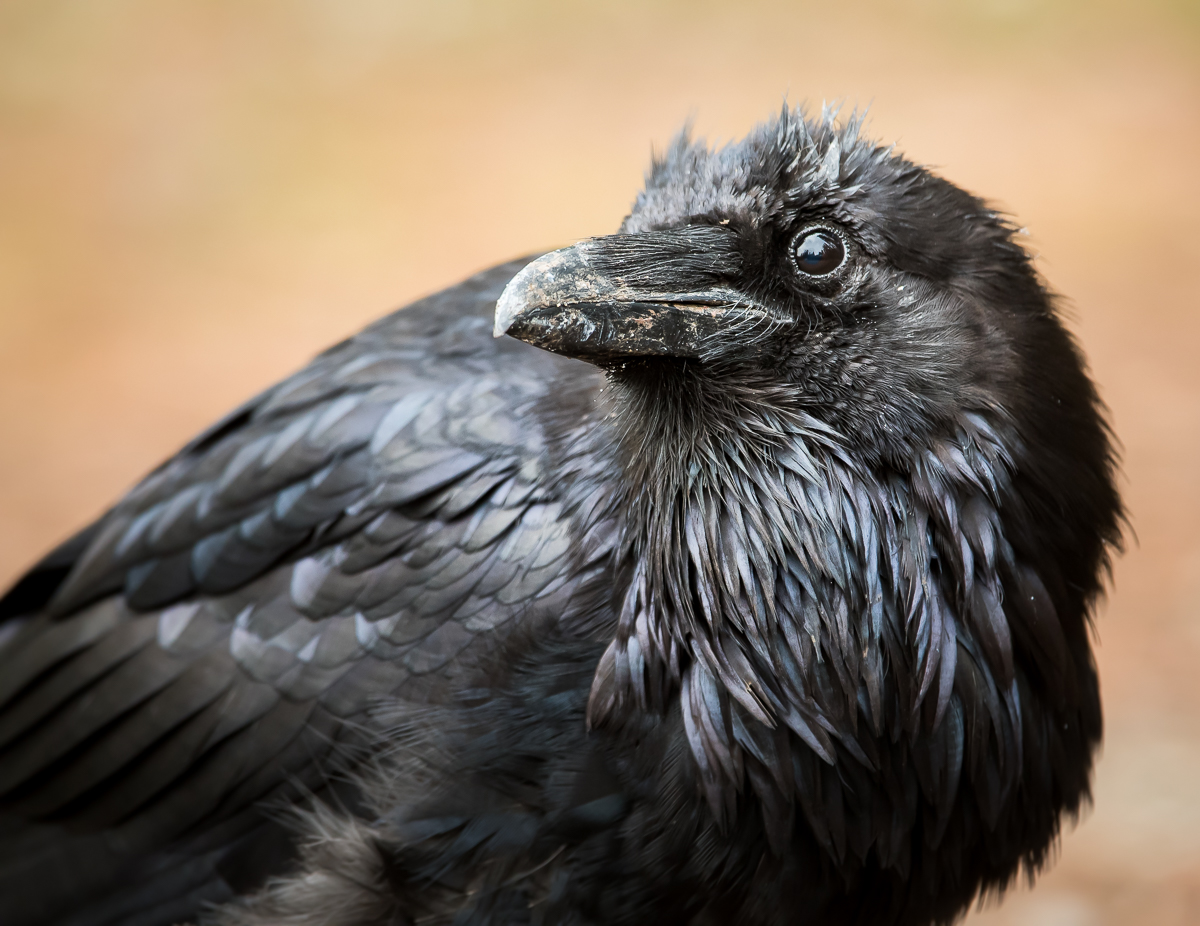The System of Things
Chapter One
“I don’t think storytelling just matters, I think it’s the only thing that matters.”
Ian Brown, of course, is a storyteller. He’s one of Canada’s most celebrated authors and serves as one of the Globe and Mail’s leading opinion writers.
But you don’t have to be a professional storyteller to understand the value of storytelling to humanity.
“It’s how we pass along who we are.”
And when you think about it, Ian’s right. Storytelling is how we connect one generation to the next. It’s our history – and it informs our future.
Of course, our research – big data – helps us understand the state of our systems – natural, political, cultural, economic – but data alone isn’t enough, Ian argues.
“Data tells us what they’ve done – all the clicks that people measure. We do it here at the Globe and Mail. We can tell you what you read yesterday and how far you read and where you stopped and where you went to next. But we cannot tell what you will be interested in tomorrow. I can tell you what you’ll be interested in tomorrow, however. You will be interested in what I can bring to you as a great story that is told with passion.”
It’s why Ian believes that to create better tomorrows for people and nature – for our democracy – it starts with great storytelling. But Ian says first “you’ve got to recognize what a story is. You’ve got to be able to tell it and you have to tell it in story form because that’s the only way people pay attention.
But don’t just take Ian’s word for it.
“Storytelling really is bringing forth the collective experience of our society, of our people, down to the younger generation. And in many cases, we could say, (storytelling is) what education is about. Education is really taking our collective experience and handing it down to the younger generation.”
Dr. Leroy Little Bear is an educator and community builder who helped inspire the United Nations Declaration on the Rights of Indigenous Peoples. And as he explains, without story, our ability to make good decisions becomes harder; our future becomes less coherent.
“If we didn’t have stories, if we didn’t do that chaptering of experiences, it would be like a messy office desk where there has never been any filing done, you know? And somebody comes in and says: ‘Where’s this?’ You may capture little bits and pieces, but if you had it nicely organized in files, it’s much easier to get at. Well, the story plays the same role. It’s a capturing – it’s a corralling – of those experiences. And just like files in an office, these stories build upon each other. Over the long run, they capture a complete picture.”
And that picture is often what shapes our cultural beliefs, as Shianne McKay tells us.
“I’m Ojibwe, and I’m also from the Turtle Clan. And one of our creation stories is that a long time ago there was a big flood that washed away everything. All these animals are travelling along on a turtle’s back in this ocean of water, trying to find a new land base. They all take turns trying to swim to the bottom, to grab some land. It was actually the muskrat – the smallest one – saying ‘let me try’, after all the bigger animals tried. And they were laughing at him, like ‘yeah, go ahead’. So he did. He tried and he came back up, but he lost his life. But he came up clutching in his little paw some land. And they put that land on the turtle’s back, and from that grew North America, which we call Turtle Island.”
Shianne is an advocate for Indigenous decision-making and has dedicated her life to helping empower First Nation communities in Canada. And as Shianne explains, this origin story grounds her cultural beliefs and her worldview.
“The turtle itself offered his back to create the foundation for the land known as North America. So the turtle itself symbolizes that deep connection to the Earth, and reminds us that we need to respect the Earth.”
Indeed, origin stories are at the heart of every culture, having been passed forward through the generations, whether by oral teachings or as part of the Torah or the Bible or the Koran, in the form of, yes, story.
Indeed, throughout human history, story is what’s helped foster our beliefs – and, at times, created the platform to challenge them. Storytelling is how we learn and understand. It’s how we share and help. It’s how we connect and empower. And, so often, it’s how we find our sense of place – and our sense of purpose – in this world.
“I grew up hearing stories, and just couldn’t help but tell them myself.”
And Mary Young Leckie is now one of Canada’s most successful storytellers, having helped bring numerous award-winning productions to the screen and the stage.
“If I tell you a good story, people stop and listen.
You don’t know anything about Maud Lewis, a little woman painter from Digby, Nova Scotia – and why would you care? But if I said sit down and watch my film, you might find a really special human being that will inspire you. Not only will you be entertained, but you’ll suddenly learn what it’s like to live in Digby, Nova Scotia in the early thirties. And what life was like, and how to be a painter then, and how to have a loving relationship with a man for 40 years. And it will be a story that you’ll never forget.”
This is the power of story, Mary argues.
“Storytelling is entertaining. That’s why we’ve told stories. We’ve been telling stories whether they’re pictographs on caves in Petroglyph Park near Stony Lake or whether it’s the papyrus scroll from ancient Egypt – we’ve been telling stories forever. And that is how we entertain, that is how we inform, that’s how we educate and it’s painless that way. It’s not sitting down all alone and reading a book and trying to figure your way through math formulas, if you can bring things to life.”
But storytelling is about more than the movies we make or the books we write or the texts we preach. Storytelling is also how we communicate day-to-day, person-to-person. It’s fundamental to everything and anything we do.
For this reason, storyteller Garrick Ng believes we need to empower “more storytellers who come from different environments, who bring with them different life experiences, different cultural experiences? That’s how we’re going to be able to connect.”
Poet and literary professor Angela Waldie adds, “We all want to hear stories, from when we’re kids right through to when we’re adults. I think the best literature – whether it’s poetry, whether it’s creative non-fiction, whether it’s fiction – engages that sort of urge that we have to make sense of the world through story and through language.”
Angela’s right. It’s because we’re storytelling animals. But we’re not the only storytelling animal, explains the Cumming School of Medicine’s Aleem Bharwani.
“You look at the natural means by which ocean creatures communicate with each other; the way that they’ve created community together. Not only in terms of protecting themselves, or in terms of feeding themselves, but in the way that they play, the way that they engage, the way they interact.”
Aleem’s right. And then there’s this:
Crows and ravens have complicated and diverse languages – languages they use to communicate good and bad behaviour, languages that encourage their peers to hold grudges or reward kindness.
Whales, chimps and even blue jays are also known for sharing knowledge with other members of their society.
Is this storytelling? Well, it might not have the nuance of Ian Brown’s work, but is it that different? Is the aim not somewhat similar? Collect and remember experiences and convey the lessons to others.
And though science quibbles about the definition of storytelling – and the cognitive abilities required to be a storyteller – the bigger point is this: Every lesson and experience and fear and hope expressed by one animal to another – human or non-human – is, at it’s most basic, a form of storytelling.
It’s why storytelling is in our nature. Literally.
Yet because we don’t always see ourselves as storytellers, we don’t always tell our stories. And that’s a problem, according to Ian Brown.
“99% of the Internet in any two-week period is the same two or three stories just repeated again and again and again and again. If 98% of the Internet is 3% of human experience, that means that 97% of human experience isn’t getting covered.”
That’s why, Ian says, it’s imperative that we all channel our inner storyteller.
“I happen to believe that each life is distinct; that every single life is different. So if you don’t tell the story about what happens while you’re in that tube going through the light between the darkness, it’s lost to your fellow men and women.”
And we can’t afford to lose our stories; we can’t afford for our experiences and perspectives and ideas to be lost, especially as we increasingly struggle to understand why our neighbour views the world so differently than we do.
“If you tell a story, you get away from generalities. You get away from this highly polarized, black and white, either/or point-of-view that seems to have, not only marked, but I think spoiled a lot of discourse.”
It’s through story that we just might find the common ground needed to bridge our divides and find better tomorrows for all.




